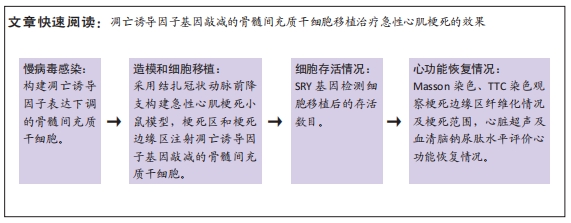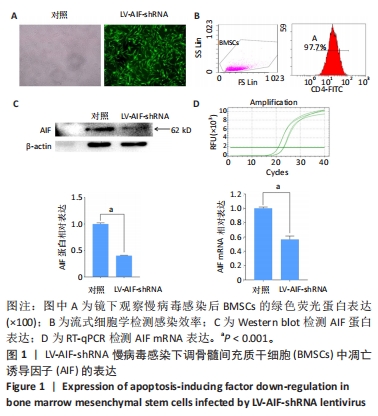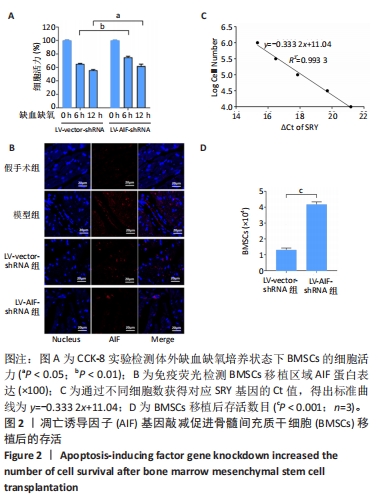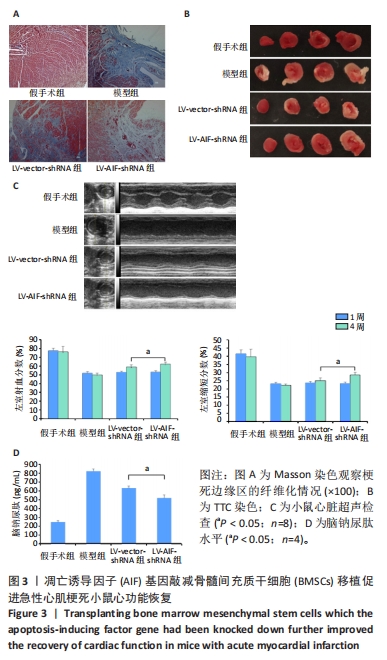[1] 国家心血管病中心. 《中国心血管健康与疾病报告2020》[J]. 心肺血管病杂志,2021,40(10):1005-1009.
[2] SHI W, XIN Q, YUAN R, et al. Neovascularization: The Main Mechanism of MSCs in Ischemic Heart Disease Therapy. Front Cardiovasc Med. 2021;8:633300.
[3] KANELIDIS AJ, PREMER C, LOPEZ J, et al. Route of Delivery Modulates the Efficacy of Mesenchymal Stem Cell Therapy for Myocardial Infarction: A Meta-Analysis of Preclinical Studies and Clinical Trials. Circ Res. 2017;120(7):1139-1150.
[4] LIANG P, YE F, HOU CC, et al. Mesenchymal Stem Cell Therapy for Patients with Ischemic Heart Failure- Past, Present, and Future. Curr Stem Cell Res Ther. 2021;16(5):608-621.
[5] MATHIASEN AB, QAYYUM AA, JØRGENSEN E, et al. Bone marrow-derived mesenchymal stromal cell treatment in patients with ischaemic heart failure: final 4-year follow-up of the MSC-HF trial. Eur J Heart Fail. 2020;22(5):884-892.
[6] BOLLI R, SOLANKHI M, TANG XL, et al. Cell therapy in patients with heart failure: a comprehensive review and emerging concepts. Cardiovasc Res. 2022;118(4):951-976.
[7] HARRELL CR, FELLABAUM C, JOVICIC N, et al. Molecular Mechanisms Responsible for Therapeutic Potential of Mesenchymal Stem Cell-Derived Secretome. Cells. 2019;8(5):467.
[8] HARE JM, FISHMAN JE, GERSTENBLITH G, et al. Comparison of allogeneic vs autologous bone marrow–derived mesenchymal stem cells delivered by transendocardial injection in patients with ischemic cardiomyopathy: the POSEIDON randomized trial. JAMA. 2012;308(22):2369-2379.
[9] FLOREA V, RIEGER AC, DIFEDE DL, et al. Dose Comparison Study of Allogeneic Mesenchymal Stem Cells in Patients With Ischemic Cardiomyopathy (The TRIDENT Study). Circ Res. 2017;121(11):1279-1290.
[10] XIAO C, WANG K, XU Y, et al. Transplanted Mesenchymal Stem Cells Reduce Autophagic Flux in Infarcted Hearts via the Exosomal Transfer of miR-125b. Circ Res. 2018;123(5):564-578.
[11] SANZ-RUIZ R, CASADO PLASENCIA A, BORLADO LR, et al. Rationale and Design of a Clinical Trial to Evaluate the Safety and Efficacy of Intracoronary Infusion of Allogeneic Human Cardiac Stem Cells in Patients With Acute Myocardial Infarction and Left Ventricular Dysfunction: The Randomized Multicenter Double-Blind Controlled CAREMI Trial (Cardiac Stem Cells in Patients With Acute Myocardial Infarction). Circ Res. 2017;121(1):71-80.
[12] HUANG XP, SUN Z, MIYAGI Y, et al. Differentiation of allogeneic mesenchymal stem cells induces immunogenicity and limits their long-term benefits for myocardial repair. Circulation. 2010;122(23):2419-2429.
[13] TU C, MEZYNSKI R, WU JC. Improving the engraftment and integration of cell transplantation for cardiac regeneration. Cardiovasc Res. 2020; 116(3):473-475.
[14] YAN W, GUO Y, TAO L, et al. C1q/Tumor Necrosis Factor-Related Protein-9 Regulates the Fate of Implanted Mesenchymal Stem Cells and Mobilizes Their Protective Effects Against Ischemic Heart Injury via Multiple Novel Signaling Pathways. Circulation. 2017;136(22):2162-2177.
[15] HAN D, YANG J, ZHANG E, et al. Analysis of mesenchymal stem cell proteomes in situ in the ischemic heart. Theranostics. 2020;10(24): 11324-11338.
[16] BANO D, PREHN JHM. Apoptosis-Inducing Factor (AIF) in Physiology and Disease: The Tale of a Repented Natural Born Killer. EBioMedicine. 2018;30:29-37.
[17] HUANG P, CHEN G, JIN W, et al. Molecular Mechanisms of Parthanatos and Its Role in Diverse Diseases. Int J Mol Sci. 2022;23(13):7292.
[18] FATOKUN AA, DAWSON VL, DAWSON TM. Parthanatos: mitochondrial-linked mechanisms and therapeutic opportunities. Br J Pharmacol. 2014;171(8):2000-2016.
[19] LIU L, LI J, KE Y, et al. The key players of parthanatos: opportunities for targeting multiple levels in the therapy of parthanatos-based pathogenesis. Cell Mol Life Sci. 2022;79(1):60.
[20] CHELKO SP, KECELI G, CARPI A, et al. Exercise triggers CAPN1-mediated AIF truncation, inducing myocyte cell death in arrhythmogenic cardiomyopathy. Sci Transl Med. 2021;13(581):eabf0891.
[21] SIU PM, BAE S, BODYAK N, et al. Response of caspase-independent apoptotic factors to high salt diet-induced heart failure. J Mol Cell Cardiol. 2007;42(3):678-686.
[22] WANG Y, KIM NS, HAINCE JF, et al. Poly(ADP-ribose) (PAR) binding to apoptosis-inducing factor is critical for PAR polymerase-1-dependent cell death (parthanatos). Sci Signal. 2011;4(167):ra20.
[23] SUN Y, ZHANG Y, WANG X, et al. Apoptosis-inducing factor downregulation increased neuronal progenitor, but not stem cell, survival in the neonatal hippocampus after cerebral hypoxia-ischemia. Mol Neurodegener. 2012;7:17.
[24] DAWSON TM, DAWSON VL. Mitochondrial Mechanisms of Neuronal Cell Death: Potential Therapeutics. Annu Rev Pharmacol Toxicol. 2017;57:437-454.
[25] HERRMANN JM, RIEMER J. Apoptosis inducing factor and mitochondrial NADH dehydrogenases: redox-controlled gear boxes to switch between mitochondrial biogenesis and cell death. Biol Chem. 2020;402(3):289-297.
[26] VAN EMPEL VP, BERTRAND AT, VAN DER NAGEL R, et al. Downregulation of apoptosis-inducing factor in harlequin mutant mice sensitizes the myocardium to oxidative stress-related cell death and pressure overload-induced decompensation. Circ Res. 2005;96(12):e92-e101.
[27] MAYOURIAN J, CEHOLSKI DK, GORSKI PA, et al. Exosomal microRNA-21-5p Mediates Mesenchymal Stem Cell Paracrine Effects on Human Cardiac Tissue Contractility. Circ Res. 2018;122(7):933-944.
[28] GONZÁLEZ-GONZÁLEZ A, GARCÍA-SÁNCHEZ D, DOTTA M, et al. Mesenchymal stem cells secretome: The cornerstone of cell-free regenerative medicine. World J Stem Cells. 2020;12(12):1529-1552.
[29] SPINOZZI S, ALBINI S, BEST H, et al. Calpains for dummies: What you need to know about the calpain family. Biochim Biophys Acta Proteins Proteom. 2021;1869(5):140616. |



